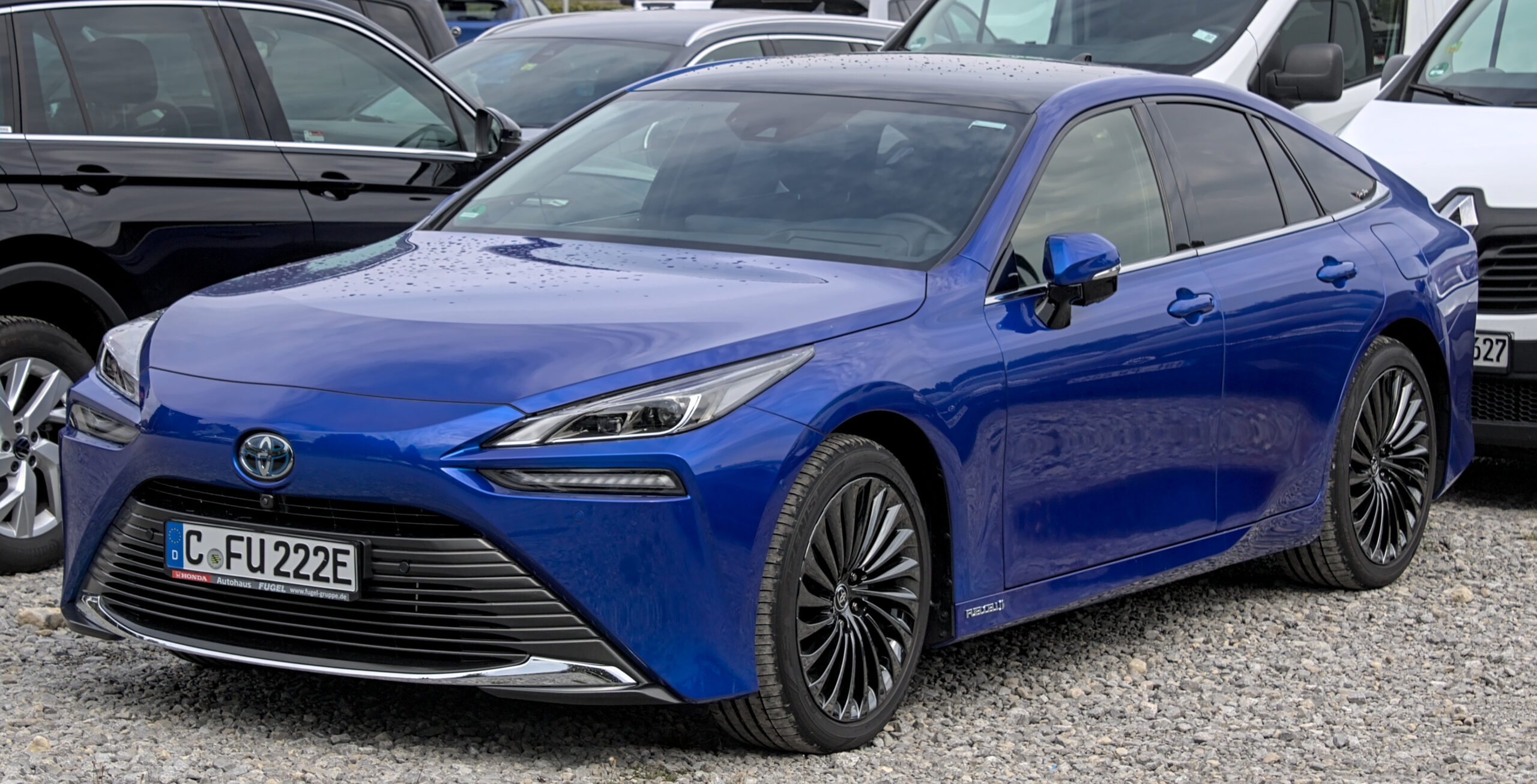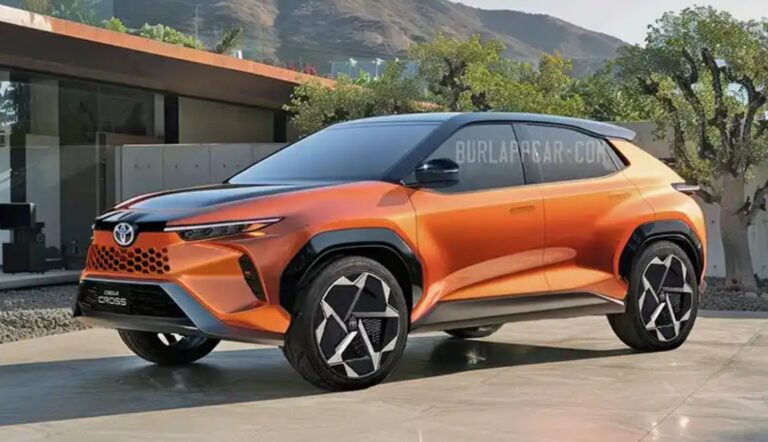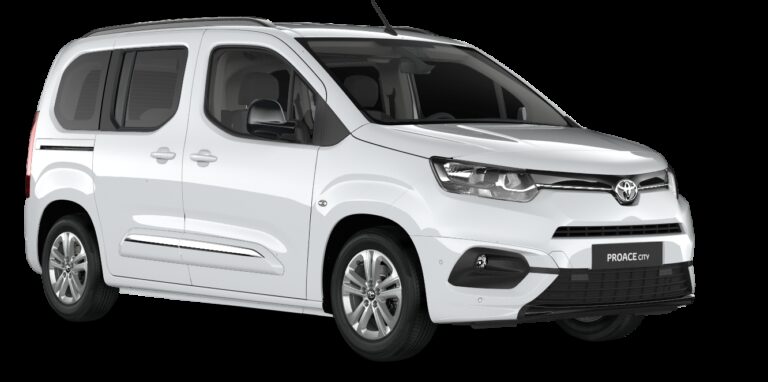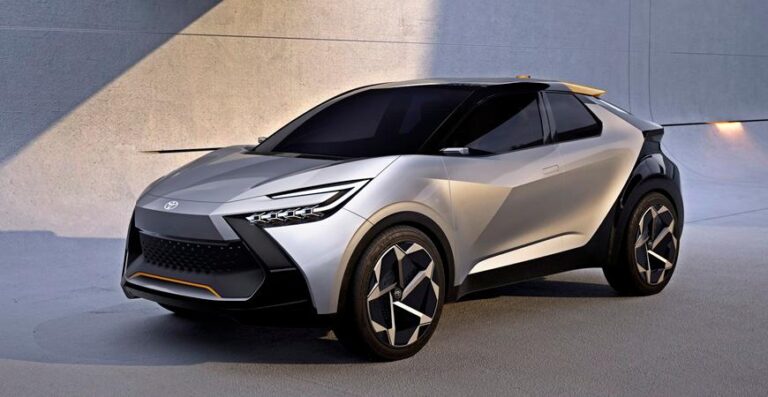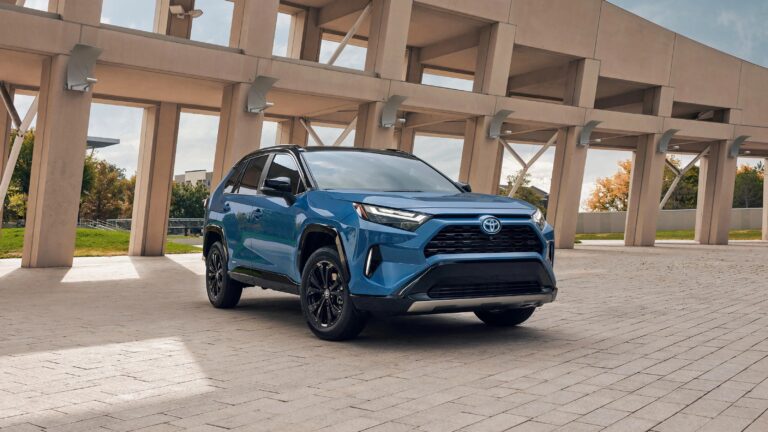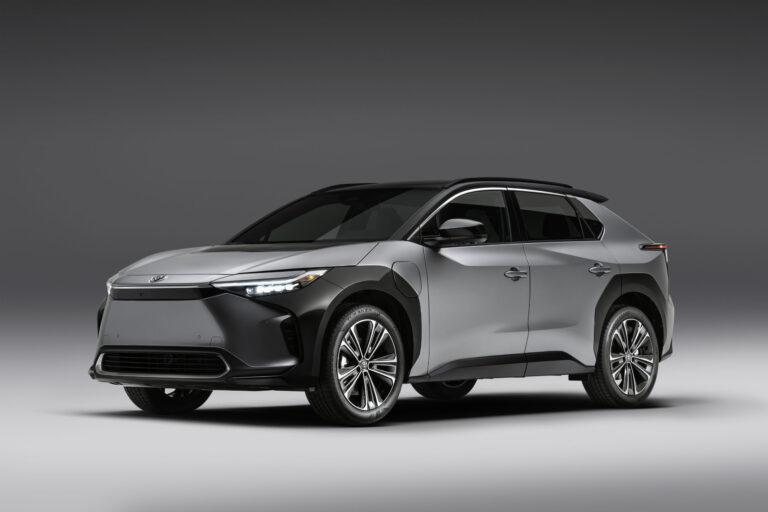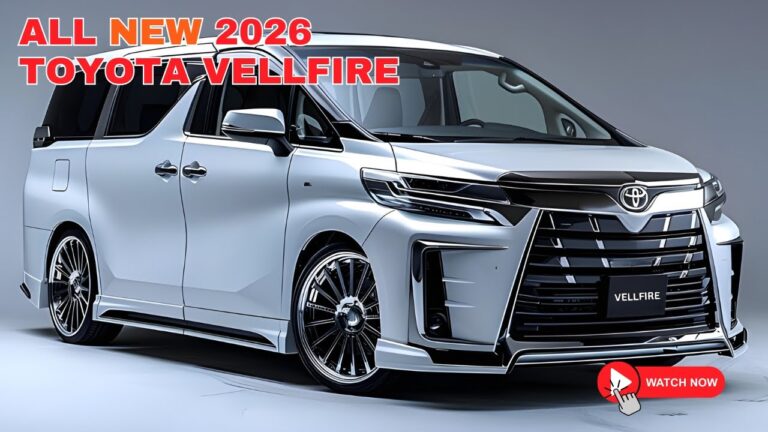2026 Toyota Mirai JPD20: The Future of Hydrogen Fuel Cell Technology
The automotive industry is on the cusp of a significant transformation, and hydrogen fuel cell technology is poised to play a leading role. The 2026 Toyota Mirai JPD20 stands as a testament to this promising future, showcasing the latest advancements in hydrogen fuel cell technology and offering a glimpse into the sustainable mobility solutions of tomorrow.
This comprehensive overview will delve into the intricacies of the Mirai JPD20, exploring its design, performance, environmental impact, and market positioning. Get ready to embark on a journey into the realm of hydrogen-powered innovation.
Table of Contents
Market Positioning and Competition

The Toyota Mirai JPD20 is targeted at eco-conscious drivers seeking a sporty and sustainable ride. Its key selling points include zero emissions, sporty performance, and advanced technology.
Target Market
The Mirai JPD20 is expected to appeal to a niche market of affluent and environmentally conscious drivers who prioritize performance and style. This includes car enthusiasts, early adopters of new technologies, and individuals seeking a distinctive driving experience.
Competitive Advantages
Compared to other hydrogen fuel cell vehicles, the Mirai JPD20 offers several advantages:
- Sporty handling and performance
- Sleek and aerodynamic design
- Advanced hydrogen fuel cell technology with improved efficiency
- Long driving range and quick refueling times
In the broader alternative-fuel vehicle market, the Mirai JPD20 competes with electric vehicles (EVs) and plug-in hybrid electric vehicles (PHEVs). While EVs offer zero emissions, their limited driving range and long charging times may deter some buyers. PHEVs, on the other hand, have shorter electric-only ranges and higher emissions compared to the Mirai JPD20.
Market Potential and Impact
The market potential for the Mirai JPD20 is influenced by several factors, including government incentives for hydrogen fuel cell vehicles, the expansion of hydrogen refueling infrastructure, and consumer demand for sustainable transportation.
The Mirai JPD20 is expected to contribute to the growth of the hydrogen fuel cell vehicle industry by showcasing the potential of this technology to deliver performance, style, and environmental friendliness. It may also encourage other manufacturers to invest in hydrogen fuel cell research and development.
Design and Illustrations

The Mirai JPD20’s design reflects its status as a high-performance hydrogen fuel cell vehicle. It features a sleek and aerodynamic body, with sharp lines and angles that give it a futuristic look. The front end is dominated by a large grille, which is flanked by narrow LED headlights. The rear of the car features a full-width taillight bar and a diffuser.
The Mirai JPD20’s interior is spacious and well-appointed, with high-quality materials and a focus on comfort. The front seats are supportive and offer a good range of adjustment, while the rear seats are spacious enough for three adults. The dashboard is dominated by a large touchscreen display, which controls the car’s infotainment system and climate control.
Key Features and Specifications
The following table compares the key features and specifications of the 2026 Toyota Mirai JPD20 with its predecessor, the 2021 Toyota Mirai:
| Feature | 2026 Toyota Mirai JPD20 | 2021 Toyota Mirai |
|—|—|—|
| Powertrain | Hydrogen fuel cell | Hydrogen fuel cell |
| Power | 134 kW (180 hp) | 128 kW (171 hp) |
| Torque | 300 Nm (221 lb-ft) | 300 Nm (221 lb-ft) |
| Fuel economy | 500 miles (800 km) | 400 miles (640 km) |
| Top speed | 112 mph (180 km/h) | 111 mph (179 km/h) |
| 0-60 mph acceleration | 7.0 seconds | 9.0 seconds |
Hydrogen Fuel Cell System
The Mirai JPD20’s hydrogen fuel cell system is a complex and efficient way to generate electricity. The system starts with hydrogen gas, which is stored in a tank under the car. The hydrogen gas is then passed through a fuel cell, where it reacts with oxygen to produce electricity. The electricity is then used to power the car’s electric motor.
The following infographic illustrates the hydrogen fuel cell system in the Mirai JPD20:
[Image of the hydrogen fuel cell system in the Mirai JPD20]
Exterior and Interior Design
The Mirai JPD20’s exterior design is sleek and aerodynamic, with sharp lines and angles that give it a futuristic look. The front end is dominated by a large grille, which is flanked by narrow LED headlights. The rear of the car features a full-width taillight bar and a diffuser.
The Mirai JPD20’s interior is spacious and well-appointed, with high-quality materials and a focus on comfort. The front seats are supportive and offer a good range of adjustment, while the rear seats are spacious enough for three adults. The dashboard is dominated by a large touchscreen display, which controls the car’s infotainment system and climate control.
[Image of the Mirai JPD20’s exterior]
[Image of the Mirai JPD20’s interior]
FAQ Summary
What is the significance of the JPD20 designation in the 2026 Toyota Mirai?
The JPD20 designation signifies the involvement of Toyota’s racing division, Gazoo Racing, in the development of the Mirai JPD20. This collaboration has resulted in a vehicle with enhanced performance and handling capabilities, making it a true driver’s car.
How does the hydrogen fuel cell system in the Mirai JPD20 differ from previous generations?
The Mirai JPD20 features a next-generation hydrogen fuel cell system that is more efficient and compact than its predecessors. This system delivers improved power output and a longer driving range, making hydrogen fuel cell technology even more viable for everyday use.
What are the advantages of the Mirai JPD20’s hydrogen fuel cell system over traditional internal combustion engines?
The Mirai JPD20’s hydrogen fuel cell system offers several advantages over traditional internal combustion engines, including zero tailpipe emissions, reduced noise pollution, and potentially lower operating costs due to the lower cost of hydrogen fuel compared to gasoline.
